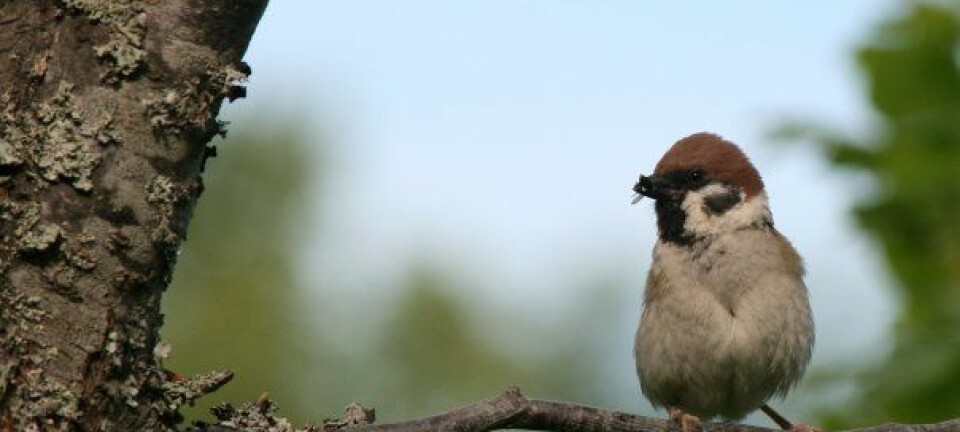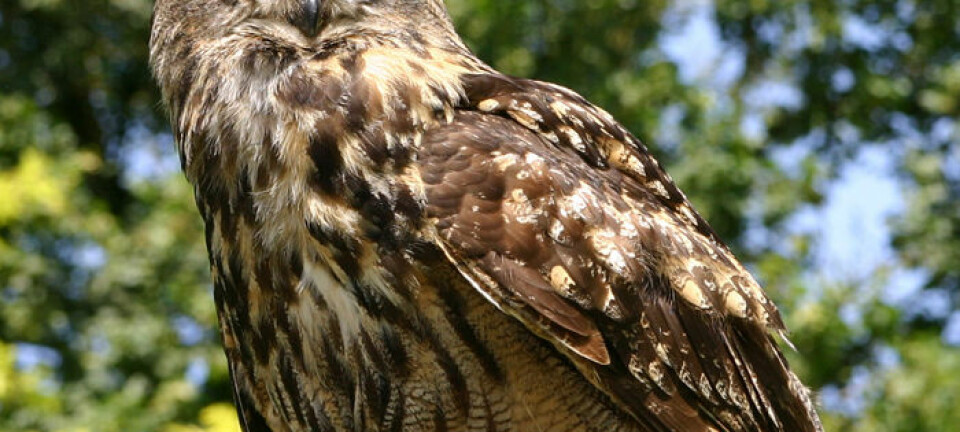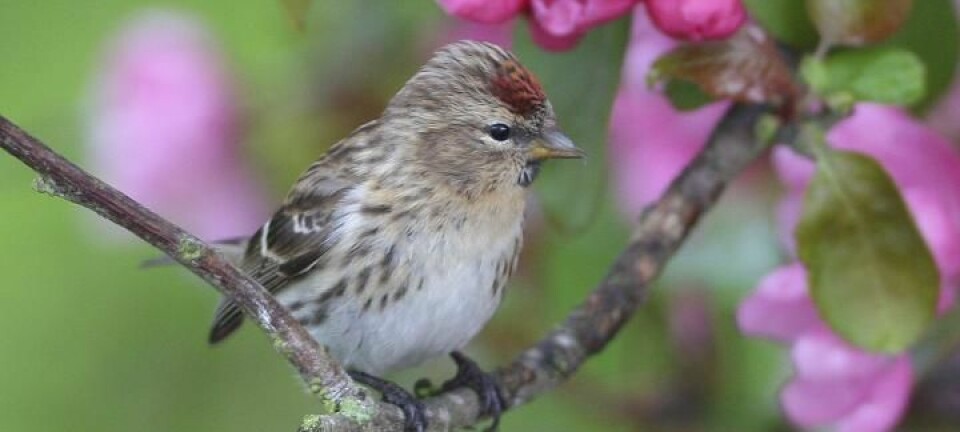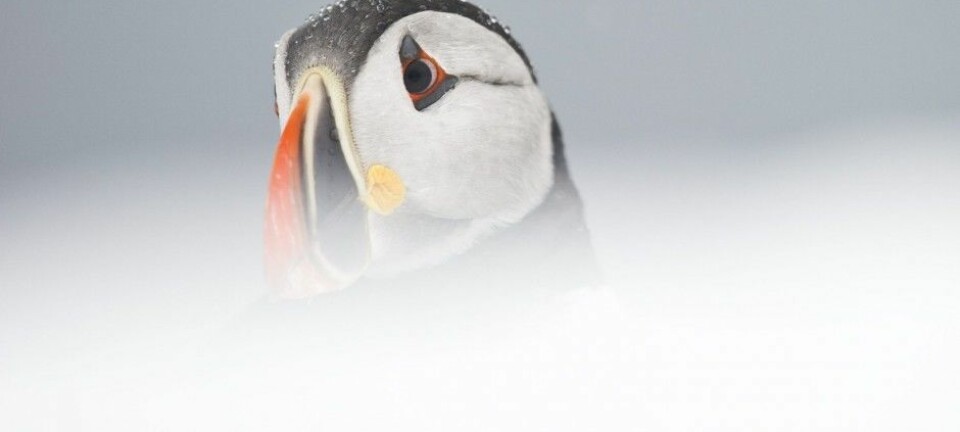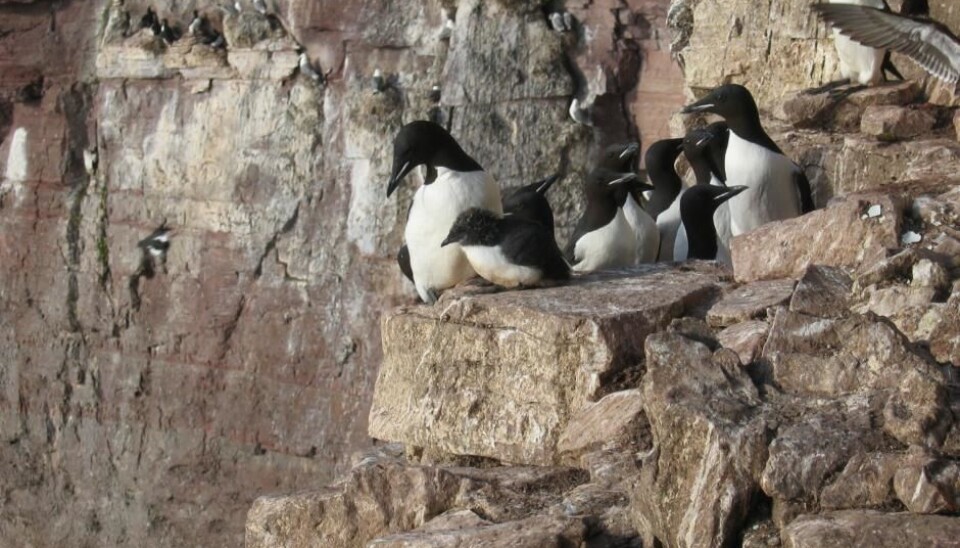
Why do these birds throw themselves off cliffs?
The Arctic murre has a curious habit of flinging themselves out of the nest before it is old enough to fly. Now scientists know why.
When young murres grow to about one quarter of the size of an adult, they suddenly throw themselves off the towering cliffs that they call home. They plunge headfirst, hundreds of metres towards the ocean in what at first glance appears to be a suicide attempt.
Only, it is not. New research suggests that it is in fact a sensible and spectacular survival strategy.
Murres wings are adapted for diving and they are poor fliers, so they need to limit the amount of energy used when searching for food for their young.
Instead of flying between the sea and their nest high up on the sea cliffs, they take their young with them to sea, so that the young murres are always alongside their dads.
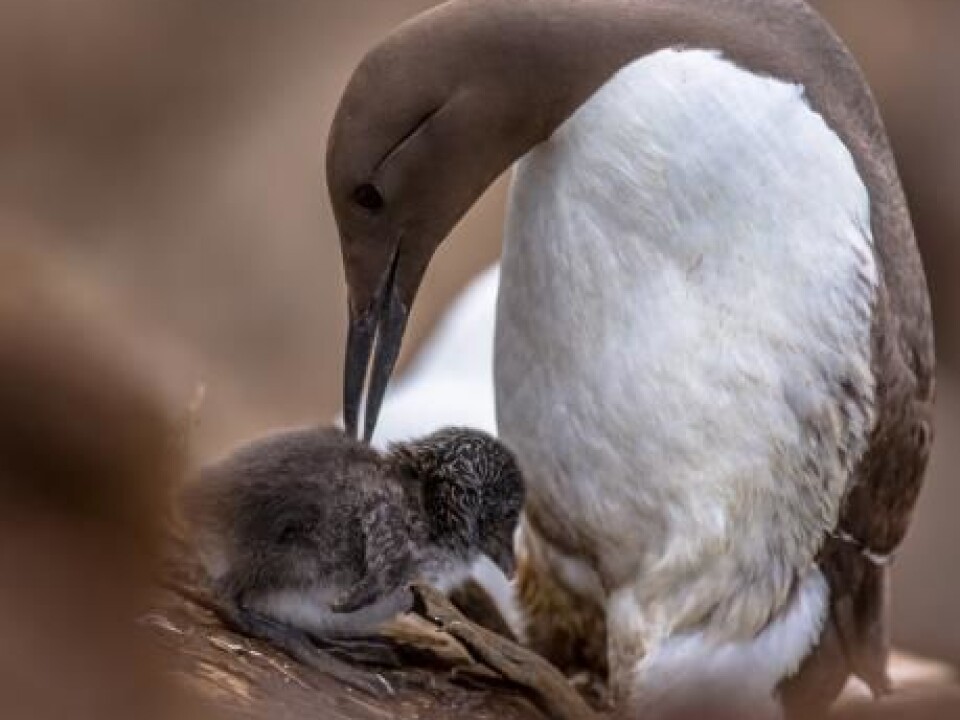
“We have long wondered about this special behaviour. At first glance, it doesn’t look like it’s an evolutionary advantage to let the fragile young birds throw themselves from a height, down to the sea among the rocks and the waves. But our study helps explain this,” says Morten Frederiksen, from the Department of Bioscience at Aarhus University, Denmark.
The study is published in the scientific journal, The American Naturalist.
New insights into a previously unknown activity of murres
The new study casts light on a part of the murres’ life that scientists have known relatively little about until now, says Tone Kristin Reiertsen, who studies bird behaviour at the Norwegian Institute for Nature Research (NINA). Reiertsen was not involved in the new study.
“We know very little about what happens from when they leave the nest to when they come back to the breeding ground, three or four years later. The reason is that it’s difficult to study the birds when they live their lives out at sea,” says Reiertsen.
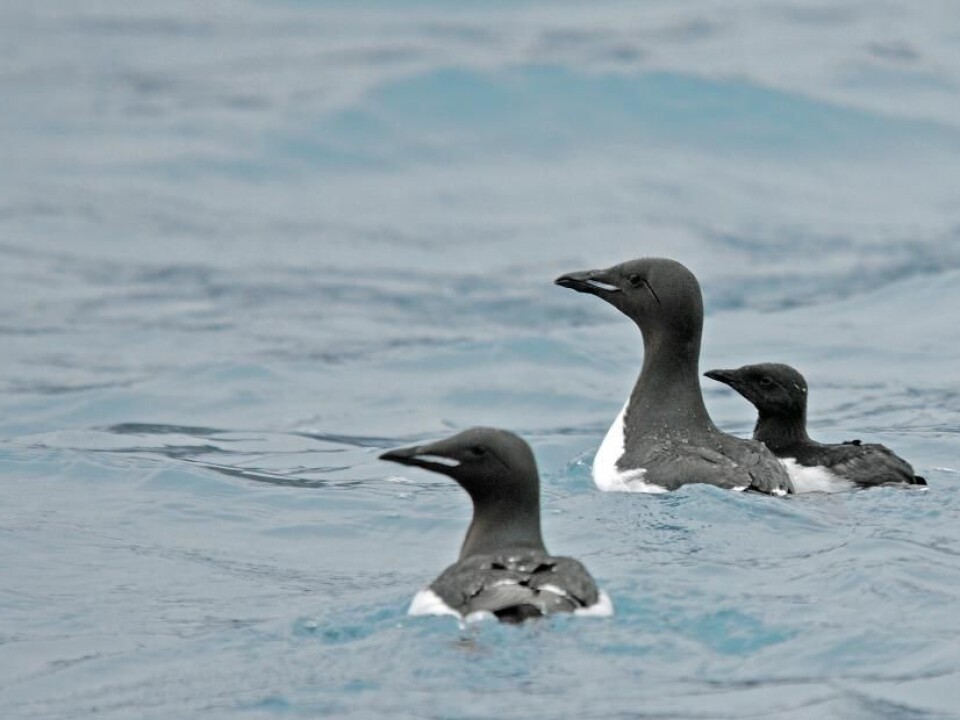
“The males and young birds are especially vulnerable in this period where they sometimes migrate through oil drilling and shipping areas,” she says.
What happens to them in that period can influence the entire murre population. So the new study provides important insights into this crucial period, says Reiertsen.
Read More: Tiny bird’s poo has tremendous impact on Greenland’s nature
A unique bird
Most other birds use one of two strategies: either young birds stay in the nest until they are fully grown and can fly, or they follow their mothers, like hens and ducks.
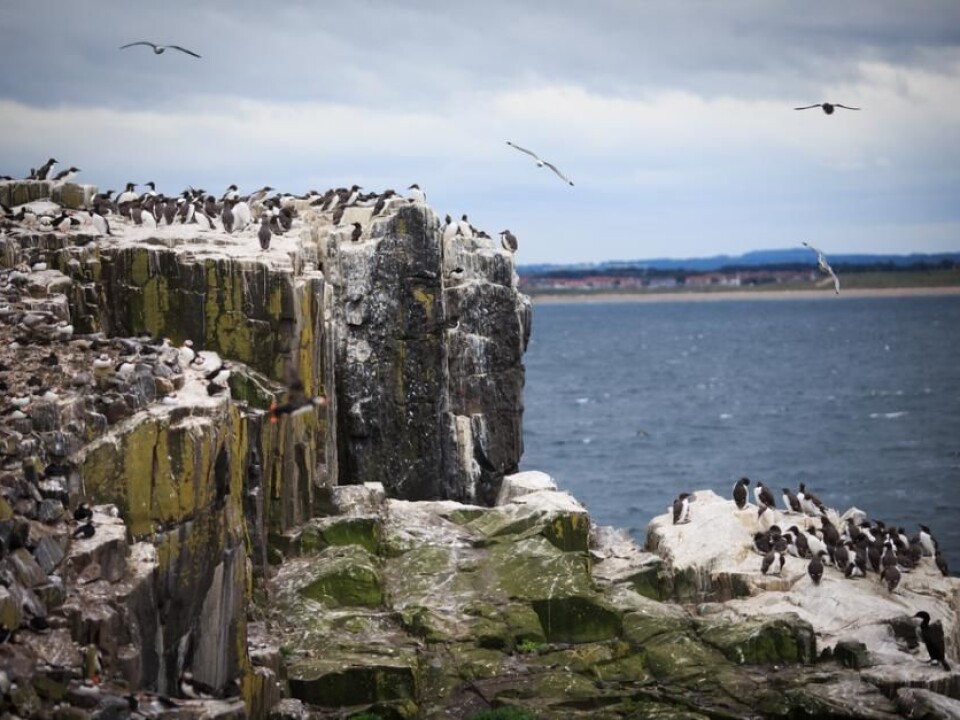
The murre’s trick of leaping out of the nest, often bumping against the steep cliffs as they fall to the water below, is totally unique.
“It’s really unusual behaviour. The young cannot cope on their own. They cannot fly, they cannot find food themselves, and predators such as gulls and foxes view them as a delicious meal. Why don’t they just stay put in relative safety on the cliffs? This is the question that we’ve long asked ourselves,” says Frederiksen.
Read More: Scientists solve old mysteries of bird migration routes
They save energy by feeding young at sea
To answer this question Frederiksen and his colleagues equipped 14 adult murres with small data loggers on, so they could see how the birds behaved before and after the young threw themselves from the nest.
The small data loggers collected data such as air pressure and temperature, and the bird’s location.
This allowed the scientists to see when the birds dived into the sea to feed, and where they swam to.
They saw that the males dived much more often after the young birds had left the nest.
“When the young first leave the nest, it’s up to the males to feed them while the females remain at the colony to mate with other males and take care of the nest. When the young birds end up in the feeding ground, it means that they no longer have to fly back to the colony to feed their young, and they can therefore collect more food. Moreover, murres are not very good flyers. We scientists have a joke that they fly marginally better than penguins, so it uses a lot of energy to bring food back up to the nest on the cliffs,” says Frederiksen.
Read More: Bird study reveals a key assumption in evolution theory is false
Males need to be with their young
In comparison with the females’ fishing grounds, the males often feed in areas that are relatively poor in the types of crustaceans and small fish that they usually catch.
This is because the males stay close to the young, and are therefore limited as to where they can fish. The females meanwhile, are free to fish wherever they like.
But even so, the males were able to feed their chicks twice as often at sea than both parents were able to do by flying back and forth between the colony and the sea.
“In this way it makes sense that the young birds leave the nest, despite the risks. We can also see that apart from during the actual jump, few murre chicks die in the period after leaving the nest,” says Frederiksen.
During this period the male birds moult their flight feathers, which prevents them from flying away and forcing them to stay with their chicks.
Read More: Climate and intensive farming push European birds into decline
Possible explanation of declining murre populations
There millions of murres around the world, but their populations are in decline.
The new insights into their behaviour could help to explain this trend. So, Frederiksen and his colleagues have launched a new research project to study the murres’ behaviour during the rest of the year.
“It could be that they have problems with finding food or something similar. This is what we’ll investigate now,” says Frederiksen.
----------------
Read more in the Danish version of this article on videnskab.dk
Translated by: Catherine Jex
